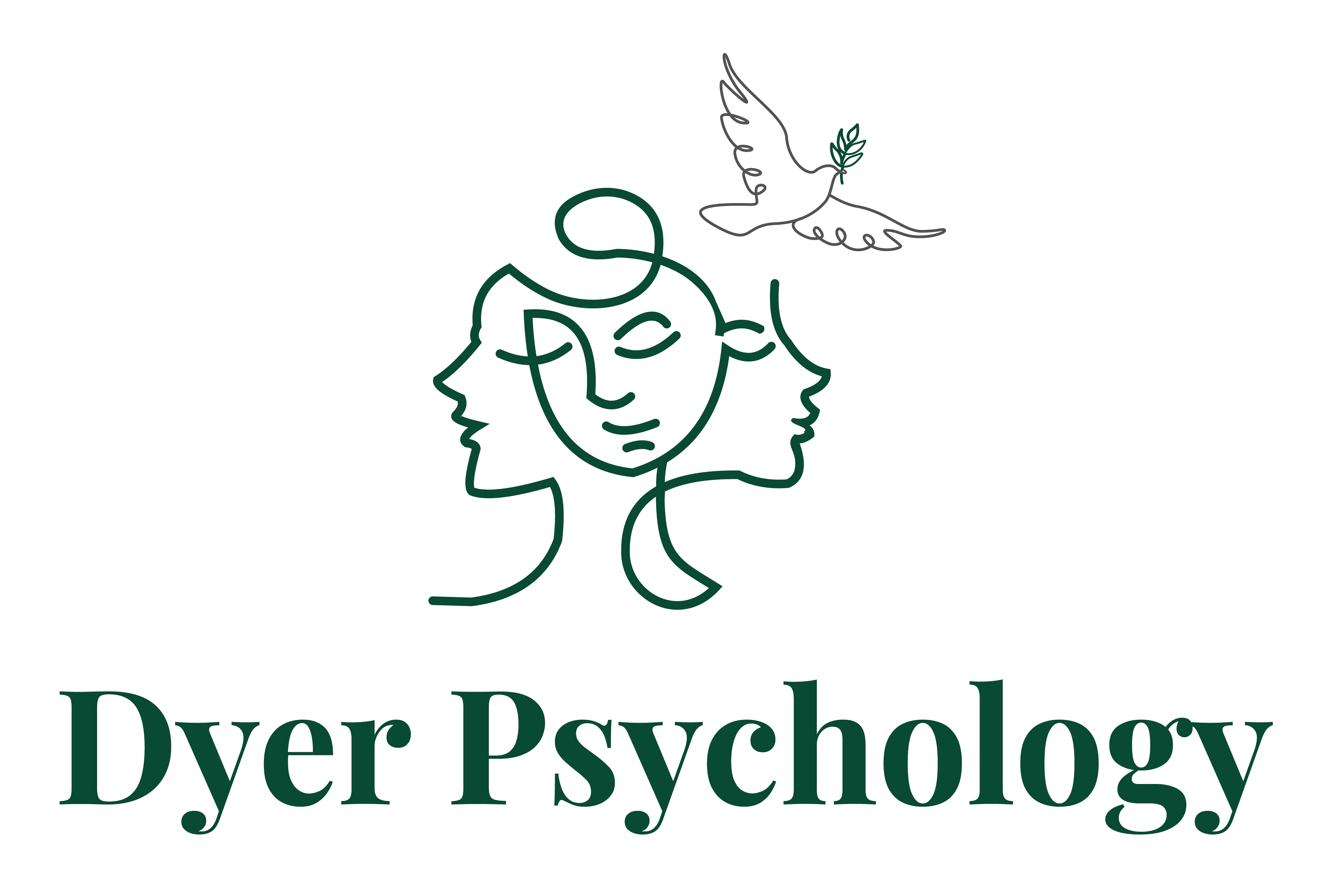Yes, no…maybe!
It can be hazardous to judge a relationship as healthy or not based on a rigid set of assumptions. This is because relationships exist on a spectrum. What may be healthy for one couple might not be for another. Complicating the matter is the fact that relationships change and evolve over time. What may have started as a blossoming and nourishing relationship can over time, divulge into an unhealthy pattern of misconduct, deceit, and hurt.
So, the honest answer to the question, is my relationship healthy is…it all depends. Let’s explore this in detail to find out what it depends on. There are three factors to consider when evaluating the health of a relationship.
Communication
Psychologists agree that one way to assess the health of a relationship is by assessing communication patterns. That’s because the quality of relationships often hinges on the quality of communication.
But it goes way deeper than just people talking to each other.
We often think we have communicated effectively simply because we said what we meant to say. In truth, an effective communicator is engaged, considerate, and listens. They take the time to ask questions and respond accordingly. Do you listen more than talk? Do you take the time to understand your partner’s perspective? Are you able to empathize with your partner’s perspective even if you truly disagree with it? Most importantly, do you take ownership over your feelings and behaviors without resorting to blame?
Additional communication factors to consider:
Are you comfortable talking about issues with your partner as they arise? (Desires, mental health, financial concerns, fears)
During communication with your partner, what do you usually feel?
- Understood
- Judged
- Valued
- Heard
- Irritated
Intimacy
Intimacy is an important consideration in examining the health of a relationship. In fact, intimacy can be viewed as another form of communication. That’s because intimacy builds trust and security. Trust and security are core aspects of open communication. Intimacy goes beyond sex and sexual fulfillment, albeit that is an important part of the equation.
There are four branches of intimacy that we can explore as separate units that come together to form a whole. The first branch is emotional intimacy. To have emotional intimacy one must choose to be vulnerable. Learning how to express fear, shame, desires, dreams, and fantasies. Learning how to receive these same emotions from your partner without judgment, without embarrassing or demeaning your partner.
The second branch is sexual intimacy. Much like the relationship itself, sexuality evolves and changes over time and should be viewed as an ebb and flow process. For example, new couples experience intense emotions, excitement, and regular sex (2). However, after a few years, it is common for interest in sex to shift with life circumstances. As pressure mounts and obligations of adult life increase, it is normal to become less spontaneous. Factors like stress, poor sleep, an unhealthy diet, and substance use decrease sex drive. The frequency of sex and sexual drive can increase through other forms of sexual intimacy including the third branch physical intimacy. Physical intimacy includes hand-holding, kissing, compliments, playful and lighthearted conversation, and caring for another through physical touch. Much like a relationship, sex and sexuality exist on a spectrum and are influenced by several factors.
The fourth branch of intimacy is intellectual. The ability to stimulate the mind. Brennen (2004) defined it as “closeness in a relationship” that is achieved through revealing the true self to another (1). Thus, this form of intimacy is created and sustained through vulnerability and self-disclosure, not through discourse on intellectual ideas. It is a highly personal sense of connectedness gained through depth and the sharing of private aspects of the self. Do you discuss values, goals, aspirations, and desires in an earnest with your partner?
Conflict Resolution
The next factor to consider when evaluating the health of your relationship is how you manage conflict. Arguments are inevitable. The way you resolve conflict is more of an indicator of health than the number of disagreements that arise. Here is a simple truth, all couples have conflict. The difference maker is in the healing process. When couples learn to forgive, learn to process hurt and heal as a unit, they grow together and individually.
Here are some strategies to resolve conflict in healthy ways:
- Agree on a core set of rules. Things like name calling, blaming and all-or-nothing arguments are detrimental.
- Take responsibility and own your part. This includes taking responsibility for healing emotionally. Your partner can help but the work starts with you.
- Learn to regulate your emotions. How we engage with others is largely influenced by our ability to understand and regulate our emotional state.
References
1. Brennen, B. (20040. Intellectual Intimacy in Marriage. Retrieved from:
https://www.soencouragement.org/intellectuallyintimacy.htm
2. Kraft, Chris. (2022). Keep the spark alive in your marriage. Retrieved from:
https://www.hopkinsmedicine.org/health/wellness-and-prevention/keep-the-spark-alive-in-your-marriage


